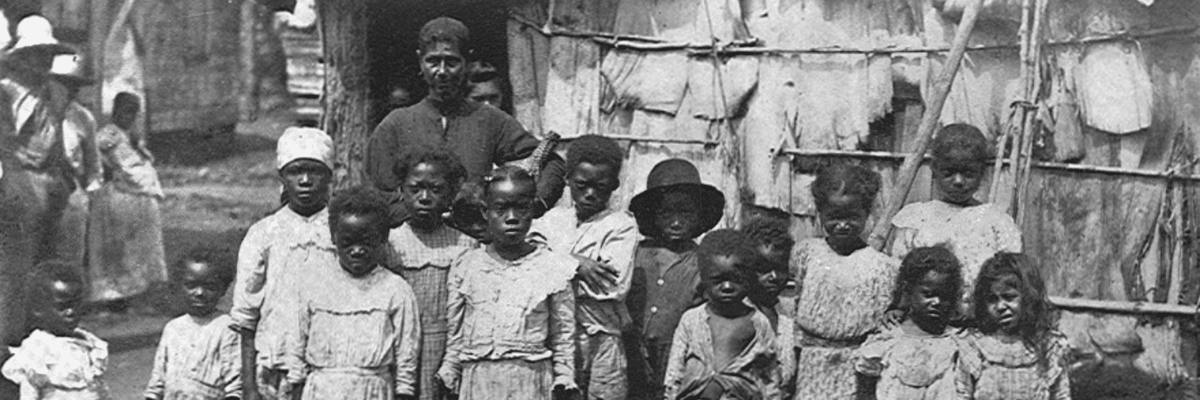The Arrival of Carnival in Latin America
 Photo by Ugur Arpaci on Unsplash
Photo by Ugur Arpaci on UnsplashThe roots of Carnival can be traced back to Europe, where pre-Lenten festivals were celebrated as a way to indulge before the 40-day fasting period of Lent. The festival, introduced by Spanish and Portuguese conquistadors in the 16th and 17th centuries, was originally a religious and seasonal celebration marking the end of winter and the transition into spring. However, when Carnival was introduced in the Americas, it quickly evolved under the influence of all the different cultures of the region.
Indigenous communities incorporated their own rituals and symbolism into the festivities, often blending them with Catholic traditions. African influences were introduced through the rhythms, dances, and masquerade traditions of enslaved people brought to the continent. Over time, these elements merged, transforming Carnival into an expression of identity, joy, and even resistance, with each country developing its own unique interpretation of the celebration. For example, in Brazil, the blending of European, African, and indigenous cultures can be seen in the samba music, feathered costumes, and dance styles of the Rio Carnival.
Carnival became a form of cultural resistance and awakening, particularly
in the Caribbean, where it contributed to cultural decolonization and political independence. In many places, Carnival was a way for oppressed communities to subvert social order and express freedom.
Carnival Across Latin America: A Unique Blend of Traditions
 Photo by Daniel Lloyd Blunk-Fernández on Unsplash
Photo by Daniel Lloyd Blunk-Fernández on UnsplashThe fusion of cultures in Latin American Carnival is evident in its music, dance, costumes, and spiritual traditions, which reflect a diverse heritage. The rhythms of samba in Brazil, soca in Trinidad, cumbia in Colombia, murga in Argentina, and Andean pan flute in Bolivia all stem from African influences blended with European instruments and indigenous beats.
Elaborate costumes and masks, rooted in African masquerade traditions, add layers of symbolism that often merge Catholic and Andean mythologies. Beyond the spectacle, Carnival also carries spiritual significance in many Latin American countries, including Bolivia and Brazil.
Though tied to Catholic traditions, Carnival has evolved into a broader reflection of Latin American spirituality and identity. It’s why each country has its unique traditions that reflect its unique history and cultural diversity:
Brazil: The Spectacle of Rio de Janeiro

Photo by Jordy Neves
Brazil's Carnival is the most famous in the world. Rio de Janeiro hosts extravagant samba parades featuring giant floats and thousands of dancers. Salvador’s Carnival, on the other hand, is known for its African influences, particularly in its blocos afro (street groups) and trios elétricos (musical trucks) that take the festivities beyond the parade route and into the city’s streets.
Colombia: Barranquilla’s Battle of Flowers

Photo by CAMILOFORE2 - Wikimedia Commons
The Barranquilla Carnival, the second-largest in the world, is a UNESCO-recognized festival that highlights Colombia’s cultural diversity. The Batalla de Flores (Battle of Flowers) marks the beginning of the celebration, featuring elaborate floats, traditional dance performances, and music such as vallenato and cumbia. The festivities end with the Burial of Joselito Carnaval, symbolizing a return to everyday life.
Bolivia: The Devil’s Dance in Oruro

Photo By Rotcivrosas - Trabajo propio, CC BY-SA 4.0
The Carnival of Oruro in Bolivia is one of the most spiritually significant, featuring the Diablada, or Dance of the Devils. It’s also one of UNESCO's Masterpieces of the Oral and Intangible Heritage of Humanity. This dramatic performance, which includes hundreds of masked dancers, tells the story of the battle between good and evil, mixing Catholic and Andean religious perspectives. The festival reflects Bolivia’s Indigenous heritage, where the storytelling traditions of the Andean people really shine.
Ecuador: A Celebration of Water and Color

hozinja, CC BY 2.0, via Wikimedia Commons
Ecuador’s Carnival incorporates both Catholic and indigenous traditions, mainly through the Pawkar Raymi festival, which celebrates the Andean New Year. One of the things that make the Ecuadorian Carnival stand out is the tradition of throwing water, flour, and even colored powders at participants—a practice rooted in indigenous purification rituals.
Argentina: Murga and Street Theater

TitiNicola, CC BY-SA 4.0, via Wikimedia Commons
Argentina’s Gualeguaychú Carnival is one of the country’s most well-known celebrations. It features elaborate parades that rival those of Brazil. Argentina’s Carnival is also known for murga, a street theater tradition in which performers use music, satire, and dance to comment on political and social issues. The performances are highly energetic and rooted in working-class culture.
Venezuela: The Devils of El Callao

LHommeDuMonde, CC BY-SA 3.0, via Wikimedia Commons
UNESCO has recognized El Callao's Carnival as an Intangible Cultural Heritage of Humanity. It is Venezuela’s most vibrant and popular celebration. The roots of the Carnival can be traced to its Afro-descendant population, specifically the communities of enslaved Afro-Venezuelans and working-class immigrants from Trinidad who labored in the gold mining region of El Callao. The Carnival runs from January to March and features parades and concerts, where thousands of people take to the streets.
Dominican Republic: A Carnival with Political Commentary

Idobi, CC BY-SA 4.0, via Wikimedia Commons
The Dominican Carnival includes elements of African heritage and European masquerade traditions, with Califé as one of the most recognizable figures. Califé is a satirical character who mocks politicians and public figures. It originated in the 1940s and was created by a tin worker named Inocencio Martínez and delivers poetic, theatrical commentary on current political, social, and cultural issues. By combining artistic expression with social commentary in this way, the Dominican Republic's Carnival uses festivity as a means of cultural resistance, celebration, and critique.
Carnival as a Symbol of Latin American Identity

Jorge Mejía peralta from Managua, Nicaragua, CC BY 2.0, via Wikimedia Commons
Carnival is not just a great time, it’s an expression of cultural identity and history. Across Latin America, it has transcended its religious origins to become a moment of collective celebration, artistic expression, and even activism, with each country bringing its own perspective.
For many, Carnival represents a time when the barriers of social class, race, and history momentarily dissolve, making space for shared traditions and community. It highlights Latinos' ability to embrace their complex history and transform it into something joyful, beautiful, and uniquely their own.
So, whether it’s the grand spectacle of Rio or the intimate traditions of a small town like El Callao in Venezuela, Carnival is a celebration of heritage and Latin American spirit.
From Your Site Articles
Related Articles Around the Web





 Photo by
Photo by 




















 Photo by
Photo by  Photo by
Photo by 








 Photo by
Photo by  Photo by
Photo by  Photo by
Photo by  Photo by
Photo by  Photo by
Photo by  Photo by
Photo by  Photo by
Photo by  Photo by
Photo by 